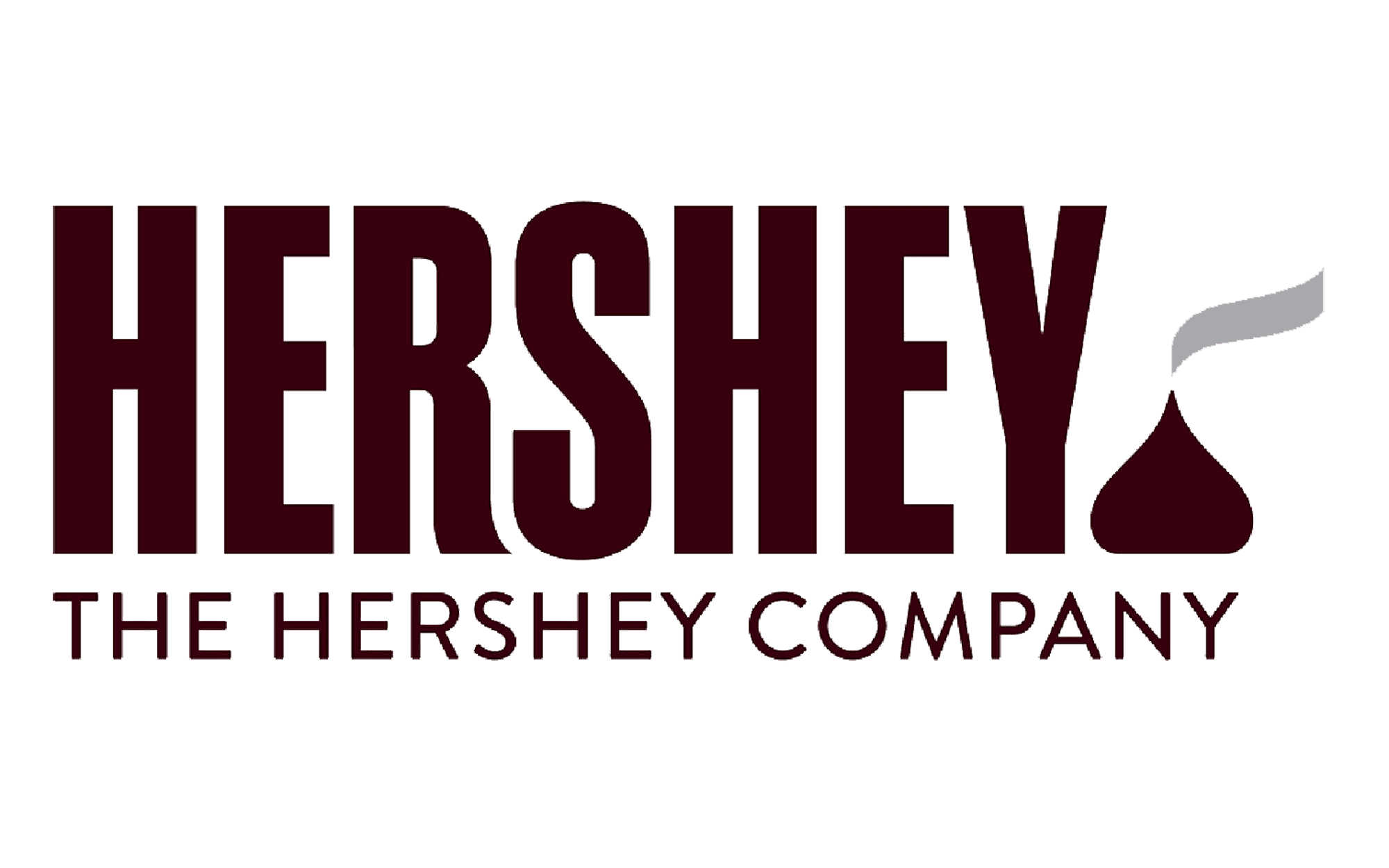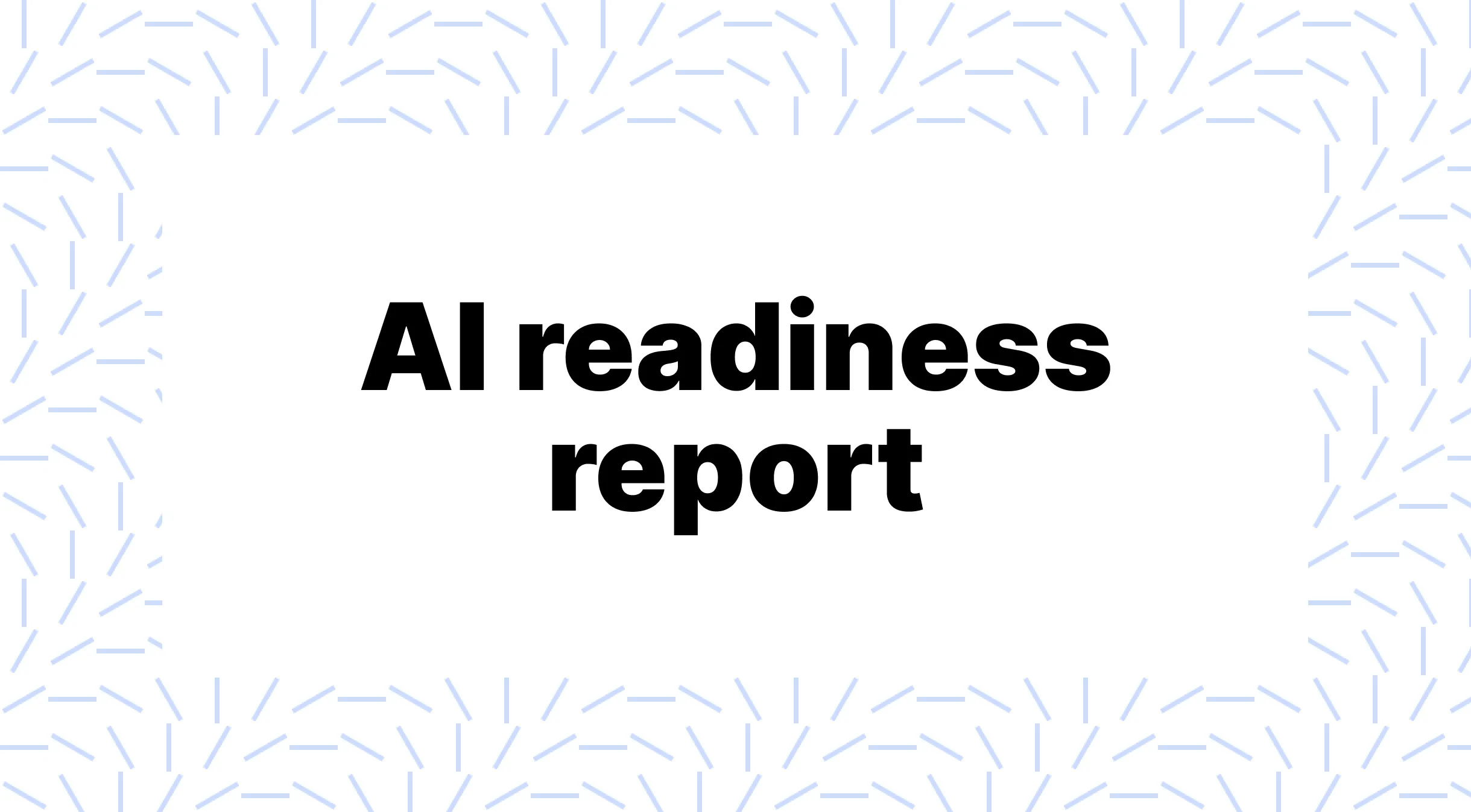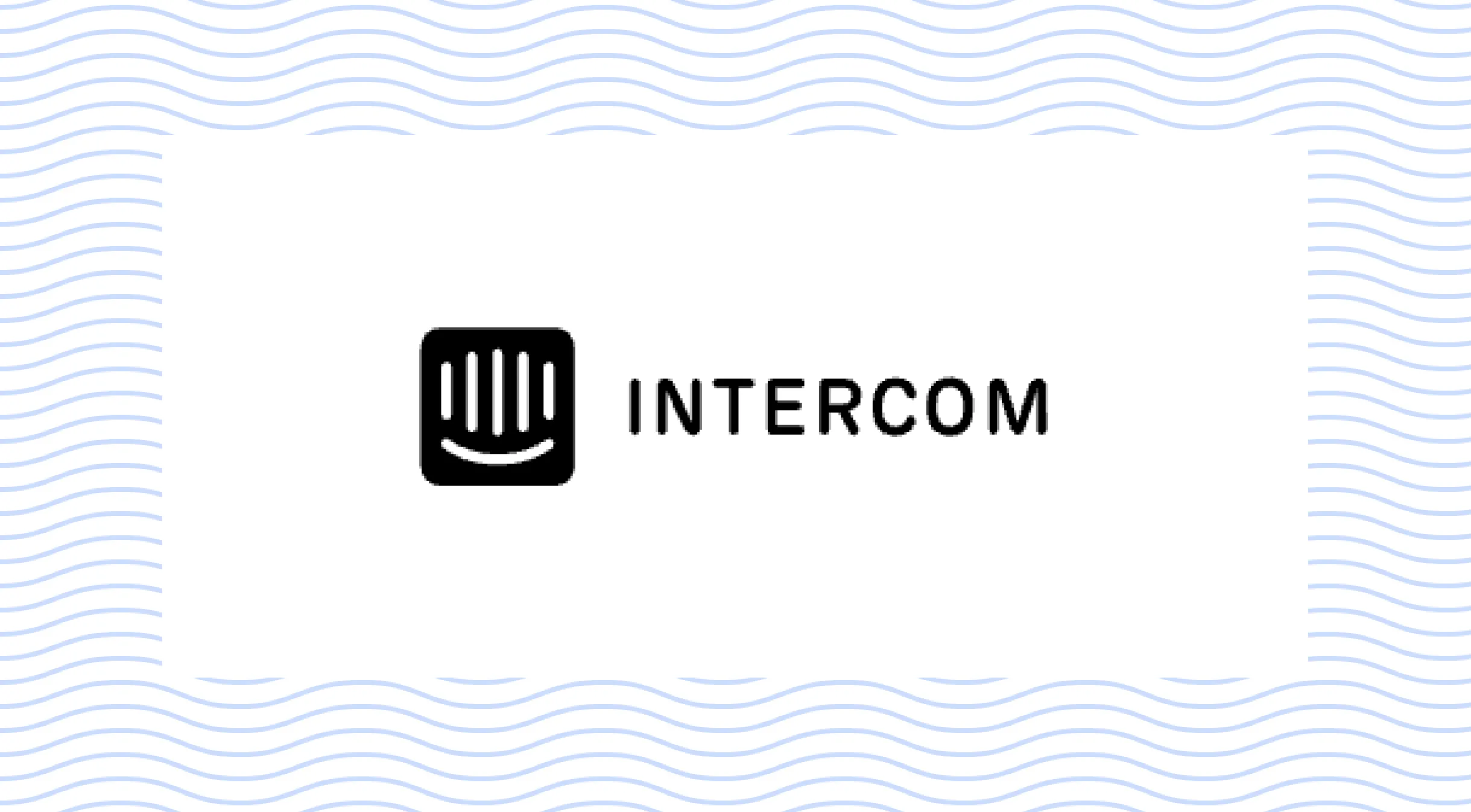How Sandwich Video uses AI in its business.
I’m exploring how businesses use AI and am excited to bring you a deeper look at how Sandwich implements it internally.
Sandwich Video is a creative agency specialising in video commercials. It’s behind many tech companies' videos, such as Slack, Square, Shopify, Instacart and Figma. You’ve probably seen their work—all videos are here.
The company is known for translating complex product features into engaging, understandable video content. It was founded in 2009 and is based in Los Angeles.
Thank you, Adam Lisagor, Founder & CEO of Sandwich, for spending time with me and revealing many interesting insights.
What stood out to me most from this conversation;
- Reacting to AI with scepticism and fear
- Inspiring experimentation and involving your team in discussions around adopting AI
- Automating processes around the work by using AI as an assistant
- The use of AI tools for creative work
- AI’s current capability for generating videos and screenwriting
- Using AI as a thought partner—he shares links to actual conversations he’s had with AI which are truly fascinating
- Using AI characters to leverage specific expertise
- AI’s Hollywood future and its place in creative work
- Democratisation through AI
Reacting to AI
Adam’s first exposure to AI was when a friend introduced him to Midjourney—sharing his screen, typing in Discord, and generating images.
But with the recent NFT boom, Adam saw these generated images in that context. Cool imagery that was technologically enabled—generative but somehow its value is lost.
Midjourney was very early, with distorted faces and that kind of thing.
He had heard of DALLE, but it wasn’t something he wanted to be a part of quite yet. He could see where it was going but thought it didn’t really apply to him yet.
Then he began playing with Large Language Models (LLMs) after one of his client’s founders had early access to GPT-4.
He approached AI again with a sense of scepticism and "high threat detection mode," scrutinising its ability to replicate what his company does.
He showed me in a slack how he could basically do a prompt about something related to my company. How would sandwich make us do a script for a video, blah, blah, blah. And I watched it generate the output in real time. And I thought, that's freaky, but it's not threatening to me. I was looking for threat. I was on high threat detection mode. Can it reproduce what my company does? And the answer at that point was, no. So I don't have to be afraid of it. I feel like possibly everybody's first reaction to AI is fear. And I still come across that.
Many people initially fear AI, prompted by concerns about job replacement and negative press. This reaction to AI, a mix of curiosity and fear, is common.
He mentioned that many people view technology as a fixed entity in a static frame rather than a dynamic, evolving story.
This perception is problematic because technology, including AI, should be seen as a narrative with ever-advancing potential and unfolding possibilities.
Embracing AI with your team
In late 2022, Adam played with the then-public GPT-3.5 and had interesting conversations with it, seeing what was coming.
He got his team of 16 together at Sandwich for a roundtable discussion to ask;
- What do you know about AI?
- What do you think about it right now?
- What does that mean for us, it can make pictures?
They had already worked with AI clients like Jasper, Descript, Synthesia, and Casetext. But they understood those technologies as a novelty rather than a foundation, as it wasn’t the current AI wave yet.
Those tools were such a black box for those specific companies at that point. They weren't consumer facing at all in terms of the AI level. OpenAI was the first one that I was aware of. That exposed the application layer to the consumer and said, this is what's possible and that changed everything, obviously. So because I mostly tell stories about consumer tech and how your average person is going to use tech and not how your average developer-engineer is going to use tech. I need to be able to understand the products on that level as a consumer. Way more so than I have to understand them as an engineer.
The team, being creative, naturally had fear-based reactions.
- What are you saying?
- Are you going to start hiring AI from now on?
This may seem familiar.
But they sat down and discussed it because AI is coming and their business will change.
the reason we're sitting down to talk is because AI is coming. Our business is going to change. It's going to change in the sense of who we're working with. The tech. Industry. Is being overcome by AI companies right now. That's where the funding is going. So we're going to have to know about it. And also the tools are coming, and we're going to have to embrace them. And either we embrace them or we don't. And if we don't, we disappear.
So they invited everybody to think about how to use these tools. ChatGPT and DALLE-2 were now live.
But not much happened after giving the team the go-ahead.
Sometimes people need handholding unless they're naturally curious, and not everyone wants to pay $20 to try something.
Adam realised his team needed to use the latest and greatest LLMs, not the basic level ChatGPT if he wanted them to embrace them.
Scaling their work
Sandwich, as a creative agency, couldn't scale. But there’s so much process work that could benefit from using AI.
What if Sandwich could scale?
Adam got the team together again to talk about AI. This has become a regular ‘AI summit’ they do internally a few times a year. This time, they talked about what processes and parts of their job they could do more efficiently if they were automated, freeing them up to do more work that they care about (not in a threatening way).
CEOs may find it more natural to think about how to delegate tasks and hire people but most people don’t have that experience or have never had an employee.
Getting people to think in that mindset is hard.
‘How are you going to offload a task for somebody else to do? Because an AI is somebody’. But the conversation sparked people’s minds.
That was what my new trajectory is, while Sandwich is still doing the work that we do, we're going to embrace the AI tools that are coming out every day and try to test every one and see. What adds to our capacity? And makes the work better. Or easier so we can do more of it.
At a more recent AI summit, Adam sat down and showed the team a bunch of tools he uses in real time.
He uses Typing Mind, and the whole team has access so they can use the latest models.
Adam uses various ‘AI characters’ for different tasks. More on Adam’s characters below.
My VP of accounts, now does what I do, which is create characters that are different personas, and you load them up with all the context that they need. And you tell them to act in a certain way and take on this persona. And then you have conversations with them, and they give you all the knowledge that somebody in that position would hopefully. They don't have all the knowledge, of course, but that's really helpful. And that's been incredibly impactful for me.
The creative process and the tools
Midjourney
Sandwich can generate images for environments they don’t have access to, especially for smaller-budget commercials.
The team can create photoreal images that would otherwise cost tens of thousands to shoot.
It helps to do more with less.
Eleven Labs
When editing a commercial they’ve shot, if an actor has said something in a specific way but the client wants something different, they use a voice recording to train a model.
Then they toss it in the cut to see if it works.
It doesn't replace the actor. They ask for their permission, it doesn’t significantly alter their words or speak for them.
Instead of having the actor re-record, they receive a fee for the AI voice to replace what they said.
If generative helps tell that story of doing more with less. While still embracing what's intrinsically valuable about storytelling, which is people. And using human artists and human creators to do the work. Then it's a good story. It's a happy story. With a good ending.
Adam believes that the technology for generative video is not yet capable of telling stories on par with humans.
Right now, they may incorporate a scene by generating moving assets, but that’s it.
Editing, often seen as the easy part of the process by people outside of the creative industry, is actually the hardest and most labour-intensive.
It’s a chance to incorporate their voice and impose a creative style.
it's going to be a long, long time before editing can be done well by AI. [to replicate their editing style] it would require so much data and that model training would be so expensive.
AI is often misunderstood as doing the work for you, but it actually improves the management of work, making you super-powered.
What about screenwriting?
We’ve all seen AI write scripts or bedtime stories.
AI currently produces a lot of "good enough" content. Marketing or customer service copy, for example, involves low-stakes tasks and there is a large amount of data available for training.
If you ask for marketing copy, you'll notice it often sounds familiar, unoriginal, and mediocre.
AI can help make it great. It can improve something, but it’s still controlled by the user, who uses the tool as an assistant.
For now, Adam believes AI can’t match what great screenwriters do.
It wouldn’t be surprising if parts of the plot and dialogue in the Netflix Christmas movies you watched over the holiday period were generated by AI. It’s pattern matching for what makes for a good Christmas movie—someone falls, this song plays, and slapstick happens.
They’re not great, but they're ‘good enough’ for what it needs to be.
While not ideal for the industry...
Using AI as a thought partner, therapist, and more
Adam has been embracing AI tools for his work and personally in several ways.
He started a podcast last year and created episode art with DALL-E, intentionally funny because of its poor quality.
But then Midjourney images got good and it wasn’t funny anymore. It became a very different way of encapsulating their ideas into art for the show.
Adam also started using ChatGPT to brainstorm as a thought partner.
every single time I would feel that elation that I'm sure you still get when you use a good tool. You're like, holy shit, what just happened? This is magical. This was not possible a year ago.
The real AHA moment came when he spent hours discussing a movie idea with ChatGPT, based on an actual 80s tech founder. He was asking what ChatGPT knows about the character, the person. What elements of this person’s story lend themselves well to a biopic? What movies from film history does this kind of character remind you of?
And what I realized is not only is it great at taking that structured data of the biographical information, let's say. But it's great at mapping it to the structure of a story. And translating from one structure to the other. That's when I realized this is a translation machine. This is about taking one idea and translating it into another.
Adam showed me several fascinating ways he uses AI. He’s kindly allowed me to link his conversations so you can see his back-and-forth.
All conversations use Typing Mind.
Analysing history to think about the present
Link to his actual conversation
He discussed Sapiens, asking AI to elaborate on a section from the author’s perspective. Then asked for similar examples throughout history where that perspective also was relevant. With those results, he asked AI to characterise and explain how they were overcome. Adam was using examples of the past to see any applicable lessons for the present. Nudging AI to frame certain areas in today’s cultural climate and how the lesson could be applied. Finishing up with a thought because of the conversation, and then asking AI what it thought of his perspective. He was further riffing back and forth with other questions to get a rounded, informed perspective on his own thinking.
Explaining smart-sounding conversations
Link to his actual conversation
He saw a funny TikTok where a woman used smart-sounding words that meant nothing. He shared it and asked AI to simplify the meaning, then to make it understandable for younger and younger ages and finally ‘condense it to less than 80 characters’, to which AI replied, "Think for yourself, your surroundings shape you."
AI for a casting breakdown
Link to his actual conversation
Adam casts many commercials at work. He used AI to prompt, "You are a casting director for commercials…" with provided examples and the script for the upcoming commercial to create a casting breakdown. The response was decent, but Adam pushed to emphasize "opportunities to bring out specific details and quirks of each character that will make them more complex." You can see the characters in the full commercial here.
Analyzing our interview
Link to his actual conversation
Adam sent me the conversation he had from our interview. He provided the transcript (after diarising it). He asked the AI to summarize the interview and provide a robust outline of what was discussed, including key takeaways of Adam's positions and thought patterns on the subjects. Interestingly, the summary focused on the first half of our conversation, so he went back and asked, “It seems that the summary heavily weighs the first half of the interview but is sort of cursory on the second half. I'd like you to read it again and revise the summary and takeaways. Be sure to read and analyze the entire document before answering. The information required to provide the best summary is likely contained in many parts of the document: beginning, middle, and end.”
It came out with a pretty spot-on outline. I used it to help write this post, along with my own process of transcribing, pasting, and asking for an outline. (Adam’s was better).
Adam also uses AI through characters. We’re not talking about the romantic kind...
A Sandwich CFO
Adam has given this AI character a lot of context on his company’s financials and market trajectory. When considering strategic decisions, he will use this character to analyze them through a financial lens.
A therapist
Modelled after his real-life talks with his therapist, his AI therapist (also named the same as his real therapist) is there to have conversations with in between sessions.
(the AI is nowhere near as great as my real therapist, but it is nice to have a proxy who can listen and respond when I need it)
An Adam Lisagor Creative Strategist
An AI character modelled after his strategic conversations. He uses it for new projects to feed his thinking and structure thoughts clearly.
A dog expert
Adam has a 10-week-old puppy named Charlie. Charlie AI is his puppy bot that answers questions about raising and keeping her healthy.
New project Guru
Adam boots up a ‘Guru’ character for each new venture, providing context about the project and can easily start brainstorming without reminding it of project details or his priorities.
AI in Hollywood and the Future of Creativity
I gave the example above of AI creating ‘good enough’ content in creative work.
So much content is being pumped out daily. Consider the same-y content you see on YouTube. It’s all following the same patterns: this thumbnail, this length, ask a millionaire how they made it, all of that.
Adding more content doesn’t necessarily make it better.
Adam also feels this way about AI in the creative industry. He hopes the industry will embrace the tools for better, not just more, storytelling.
Enabling more people to produce content with these tools is great, but only a small percentage will use it to make great content.
More people having access to the same tools produces more content, which isn’t great. But if more people break through who focus on great content by that happening, then that’s a good thing. It feels like we have to put up with some of the bad for the good. It’s just harder to sift through the bad.
Adam finds excitement in leveraging more accessible tools to do more, provided the work's quality remains a priority.
We can't fake that. We can use tools to fake so much more. So many of the elements that go into storytelling, but we can't fake the people. And we can't fake humanity. And there are some things that we can't fake. So I hope our industry continues to really highly value the things that we can't fake with AI.
He believes his industry will split into two parts more and more.
The film industry is going to almost increasingly bifurcate into your Christopher Nolan 70-millimeter film productions, where no visual effects or stunts. Every stunt is like a real human performance, and then everybody else who's just telling spectacular stories with a lot of taste and feeling. But using a lot of AI in the process. And that's okay, that bifurcation can be okay. There's always going to be fine art and consumer art. And I'm okay with that. I hope there's room for both.
I think we’ll see filmmakers embrace AI to varying degrees, each developing their own style.
AI filmmakers often create weird, fantastical videos now. They look great but there’s not necessarily any substance to it.
You can infer substance from it. You can create a whole story world, but it requires your human brain. To infer a story world from something that's just got a lot of stylistic value.
The future of AI’s broader impact
Adam believes the biggest inflection point will be when AI truly understands us, rather than forcing context into characters that don’t really remember.
He also believes that AI can be a democratizing tool, providing valuable and accessible resources to everyone.
I’ll leave this quote here:
Where we are in culture and society is that if it gives people across the board, (democratized everybody) access at extremely low cost or no cost to a resource that they wouldn't have otherwise—which could be as simple as an ear to listen to them and respond to them—That's a resource that can improve somebody's life. Marginally or monumentally.
You can use it as a therapist. You can use it as a consultant, you can use it as a business partner, you can use it as a personal assistant. Or a knowledge gatherer. Or most people think of it as like, okay, is it a search engine? No, it's. Not a search engine. It's a knowledge gatherer. And if you've ever been curious about something. And you wanted to know more about it. You want something to go out there and synthesize knowledge for you. So you have knowledge that you didn't have before. Then you're going to have that resource.
To me, that is incredibly powerful, because what it suggests is that if people have more resource. They have more health and safety. If people have more health and safety, they treat each other better. If people treat each other better, our society gets a little bit more healthy. Even if this happens in very subtle, incremental ways. That's the future that I'm hopeful for.
More like this
Start learning today
If you scrolled this far, you must be a little interested...
Start learning ->Join 3,107 professionals already learning
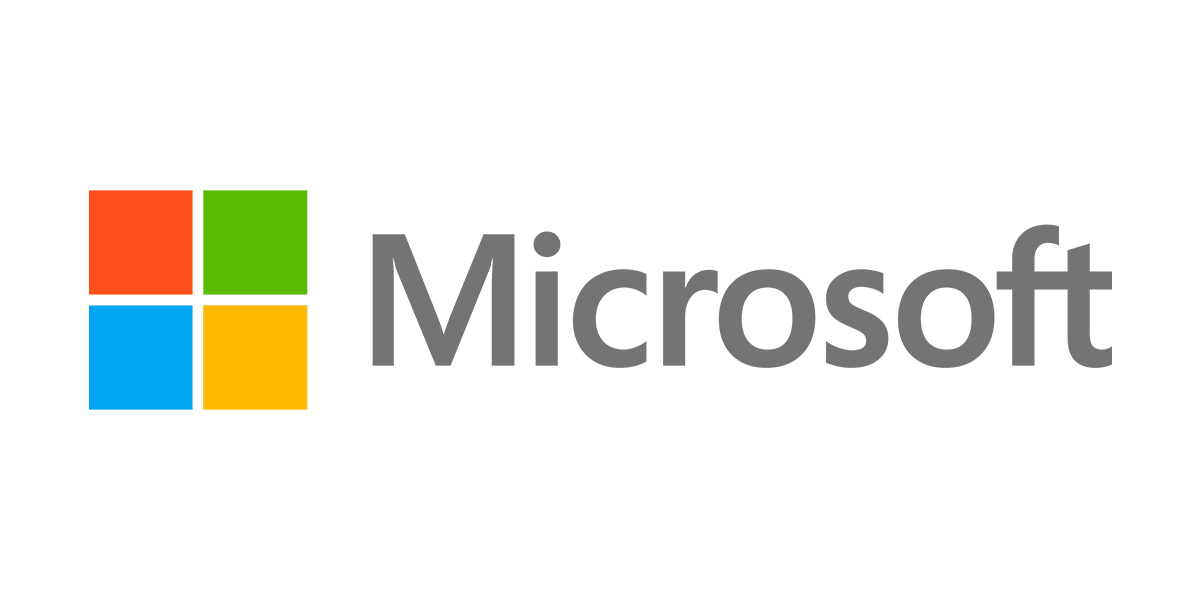
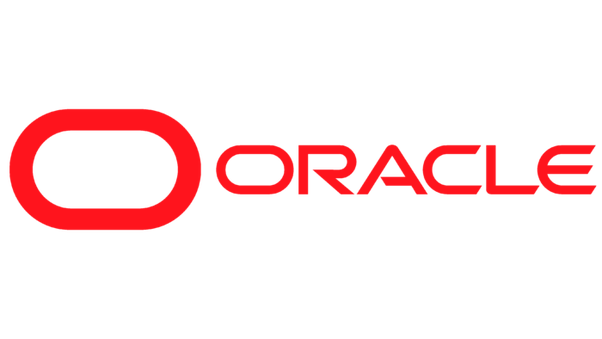








.png)


